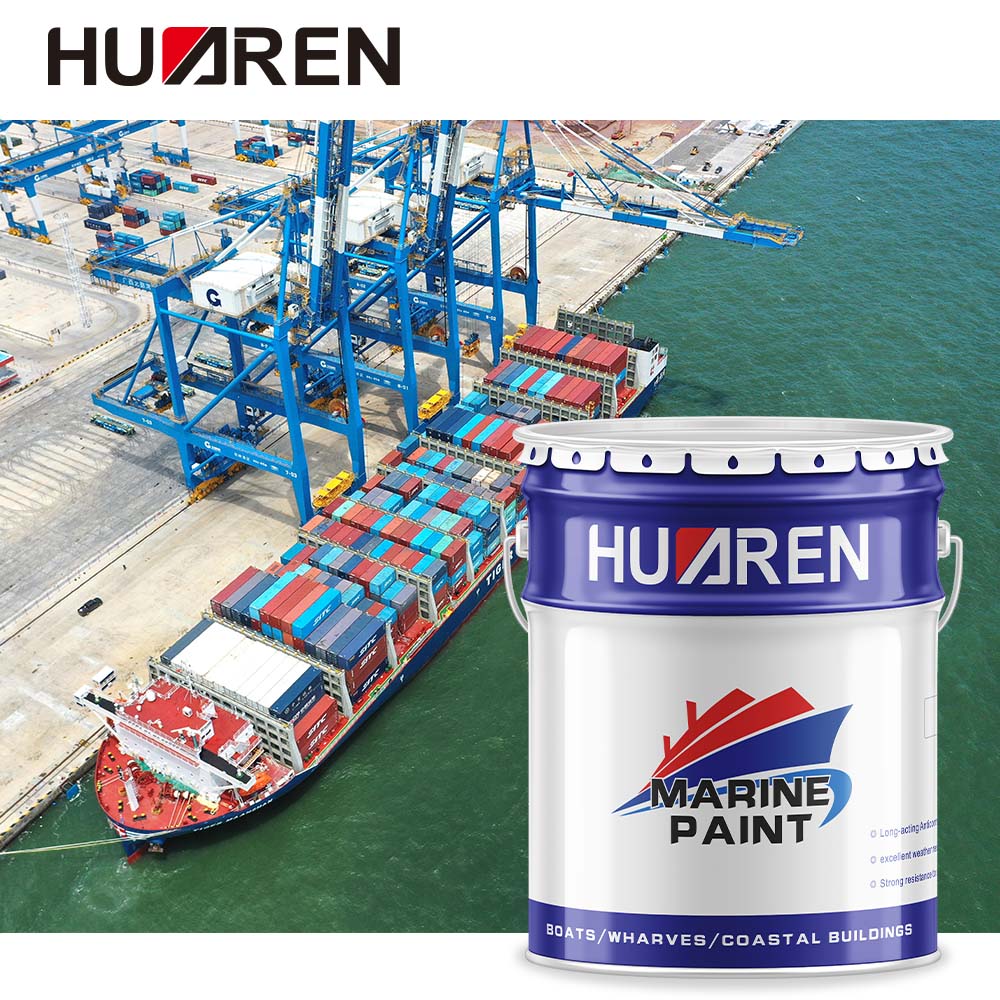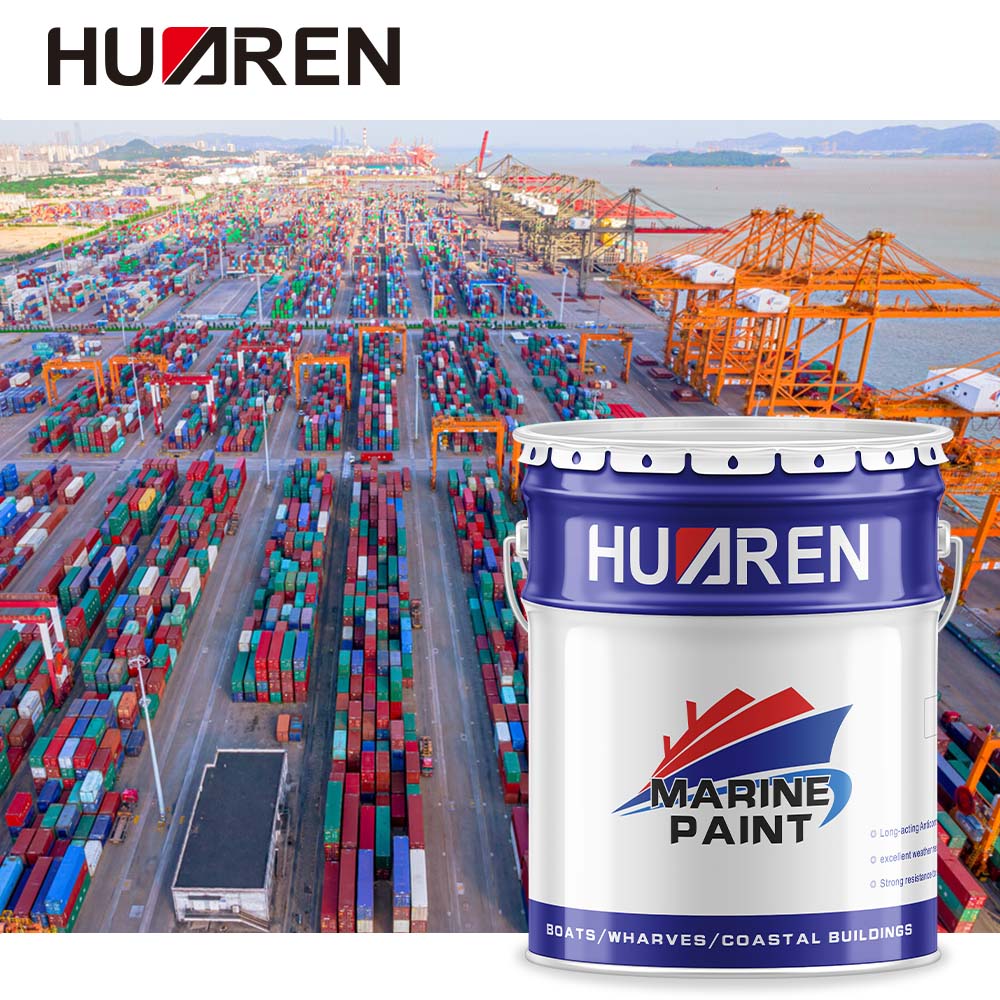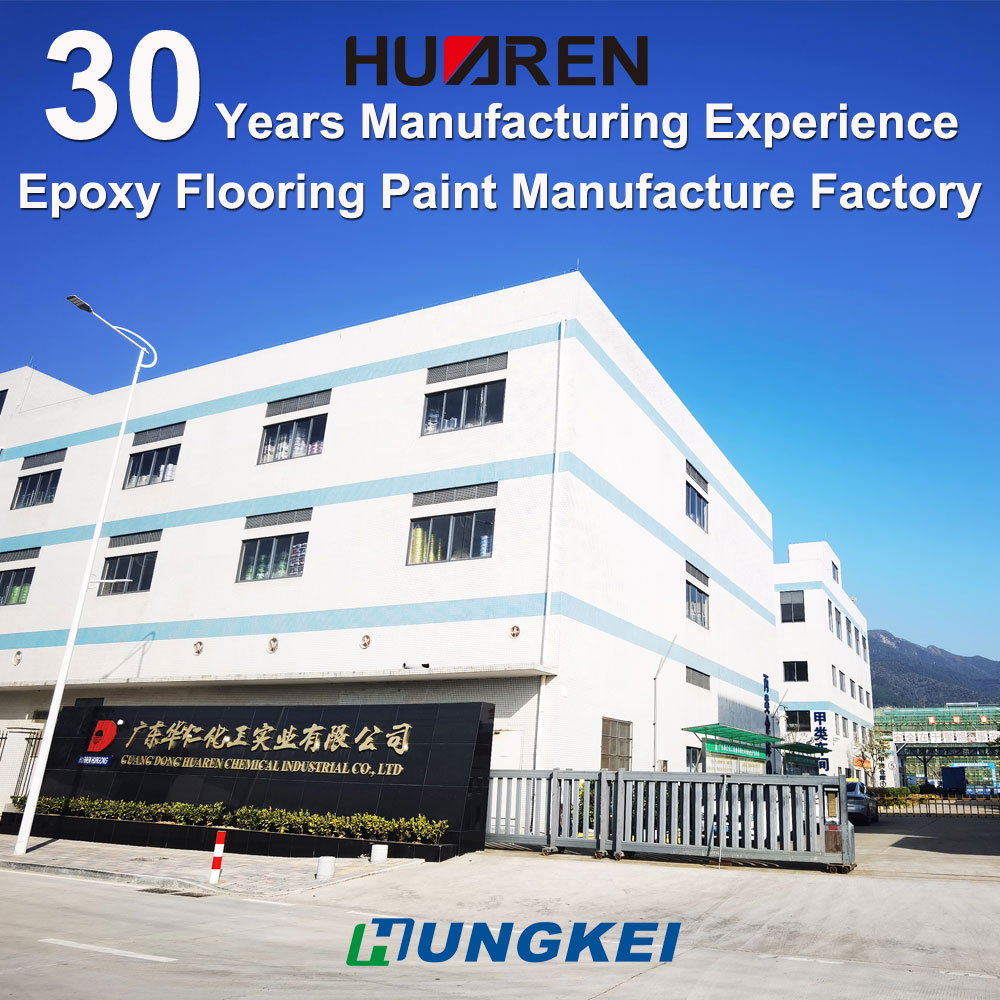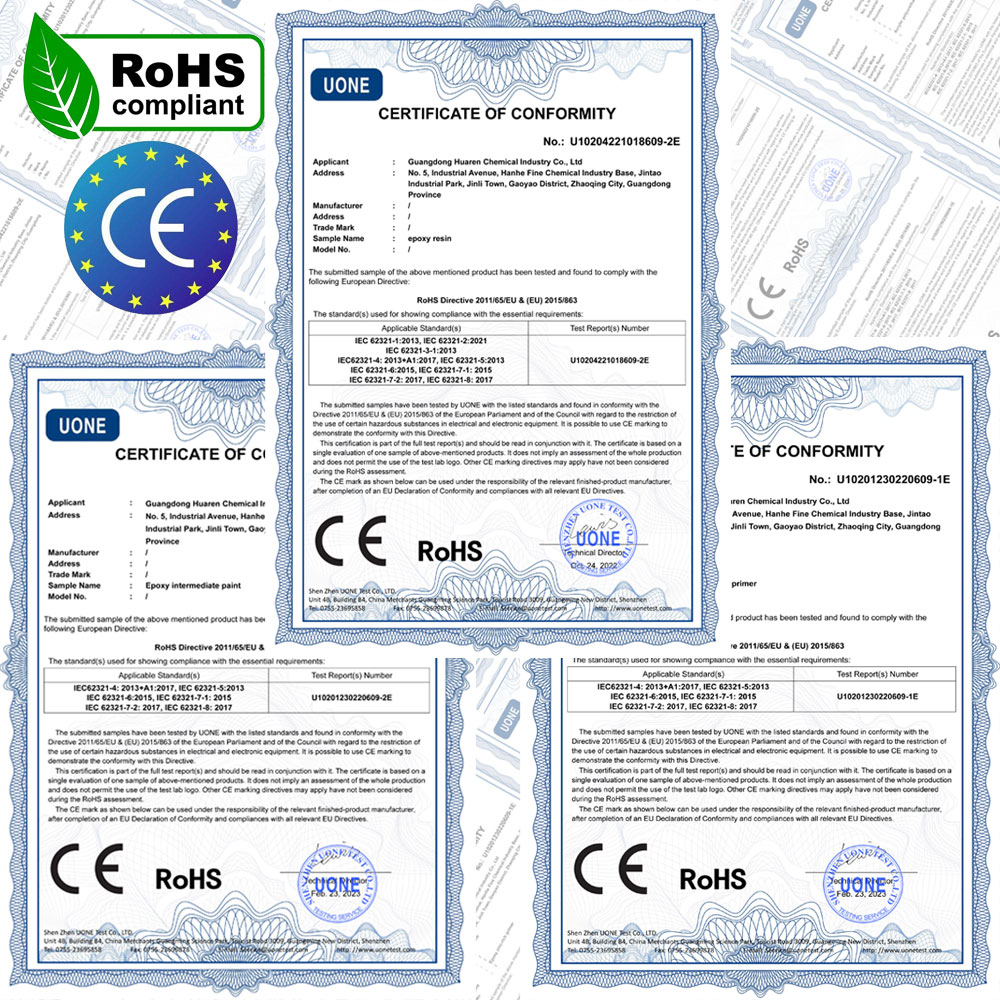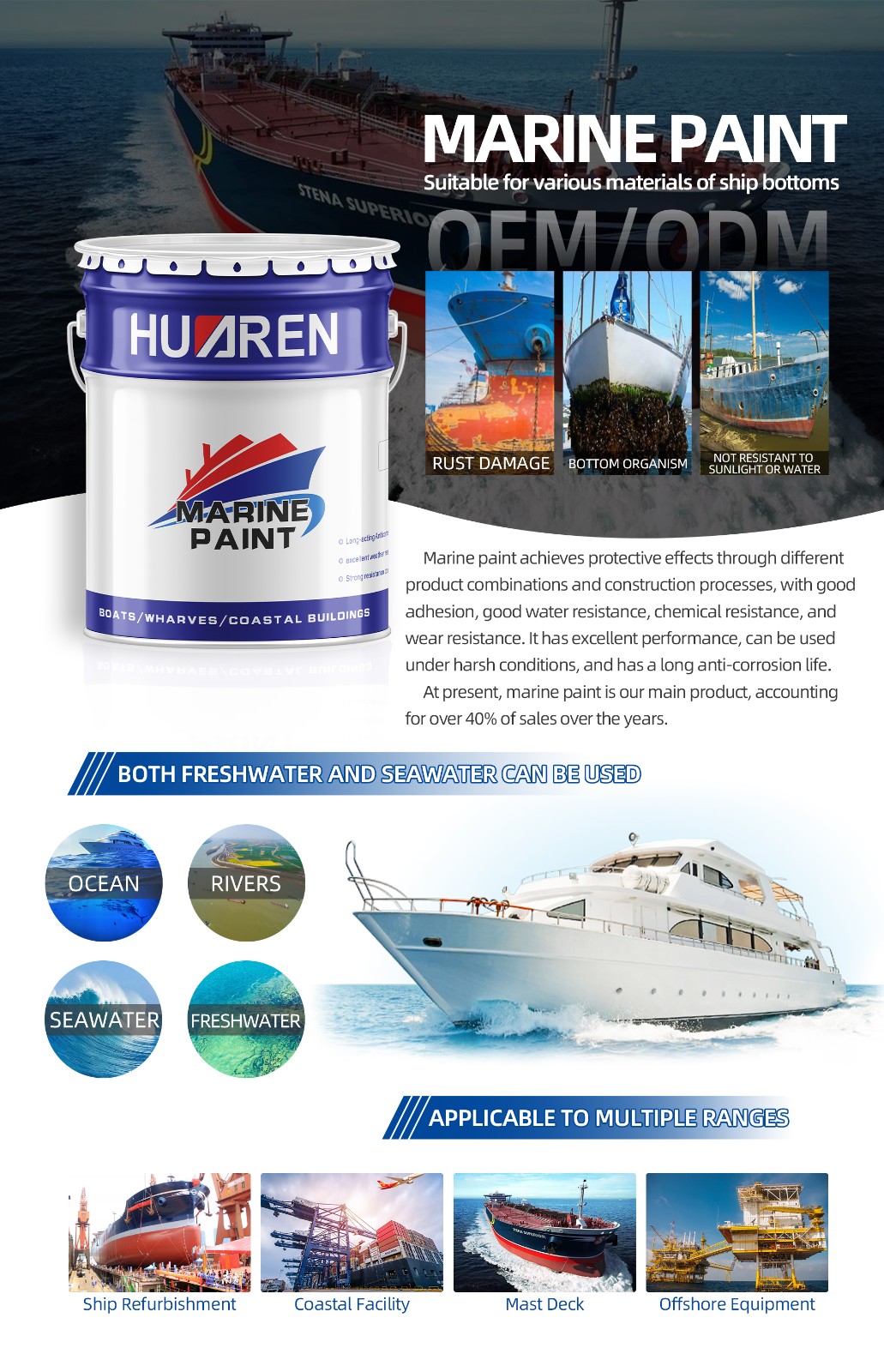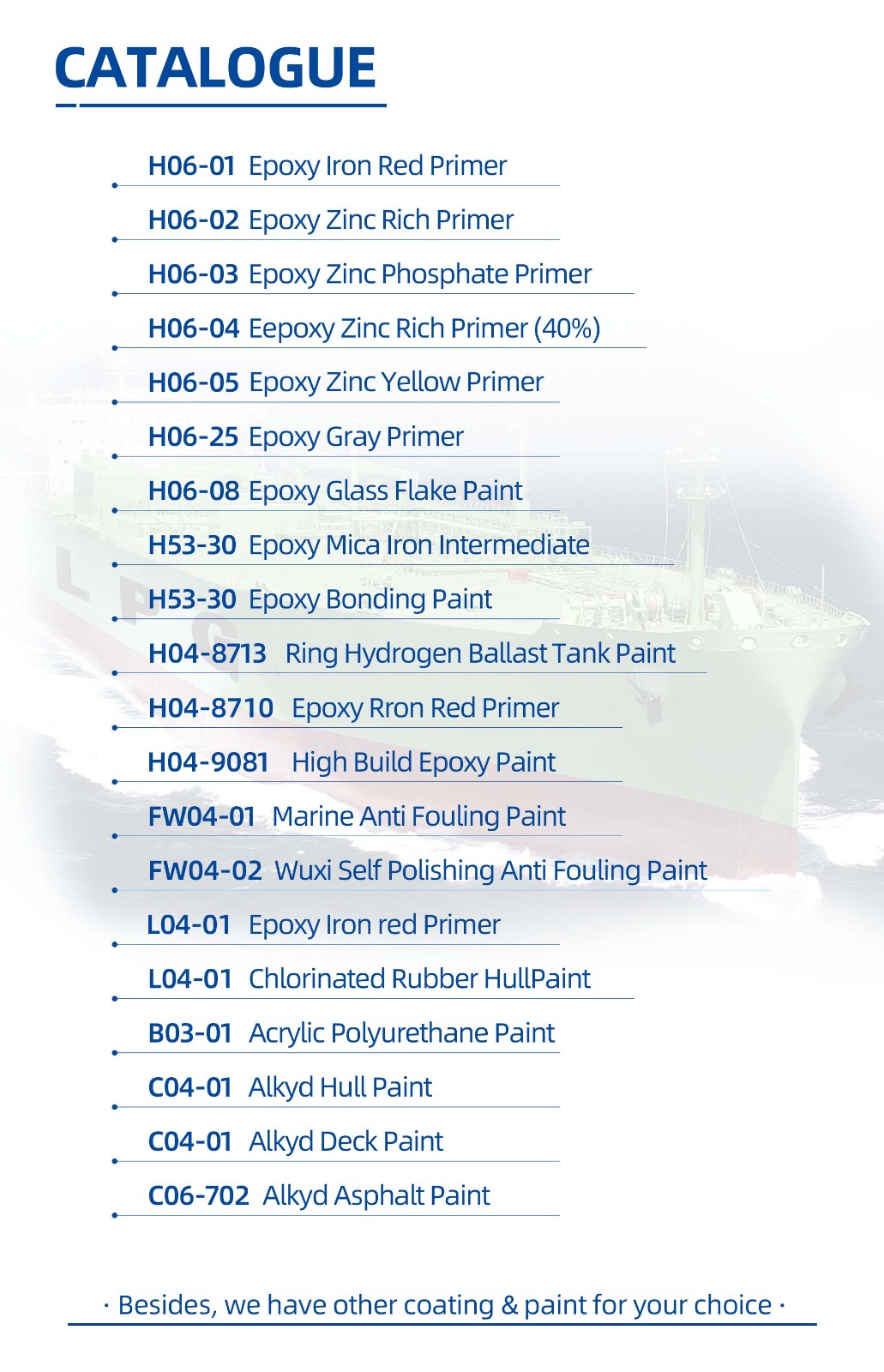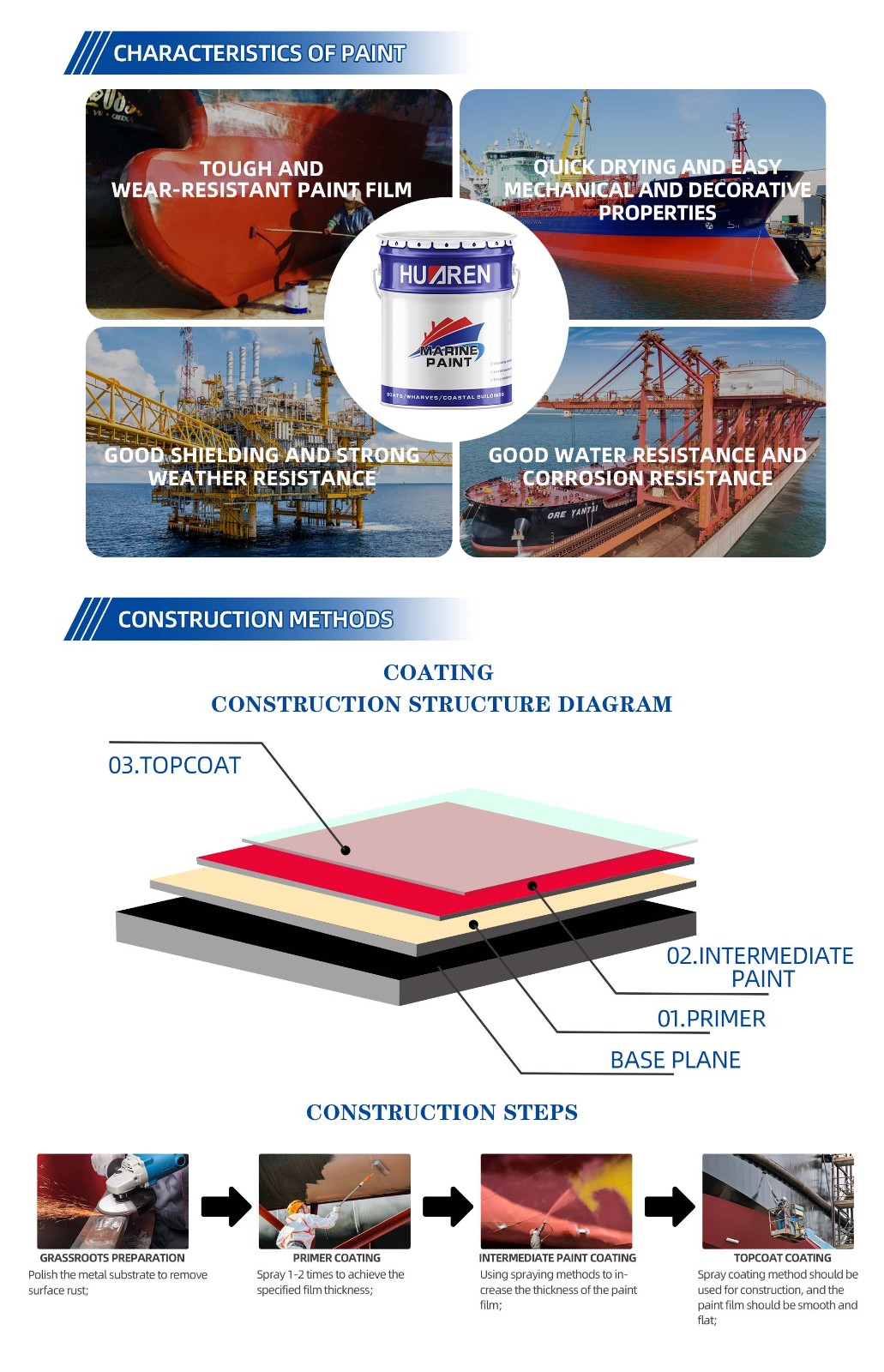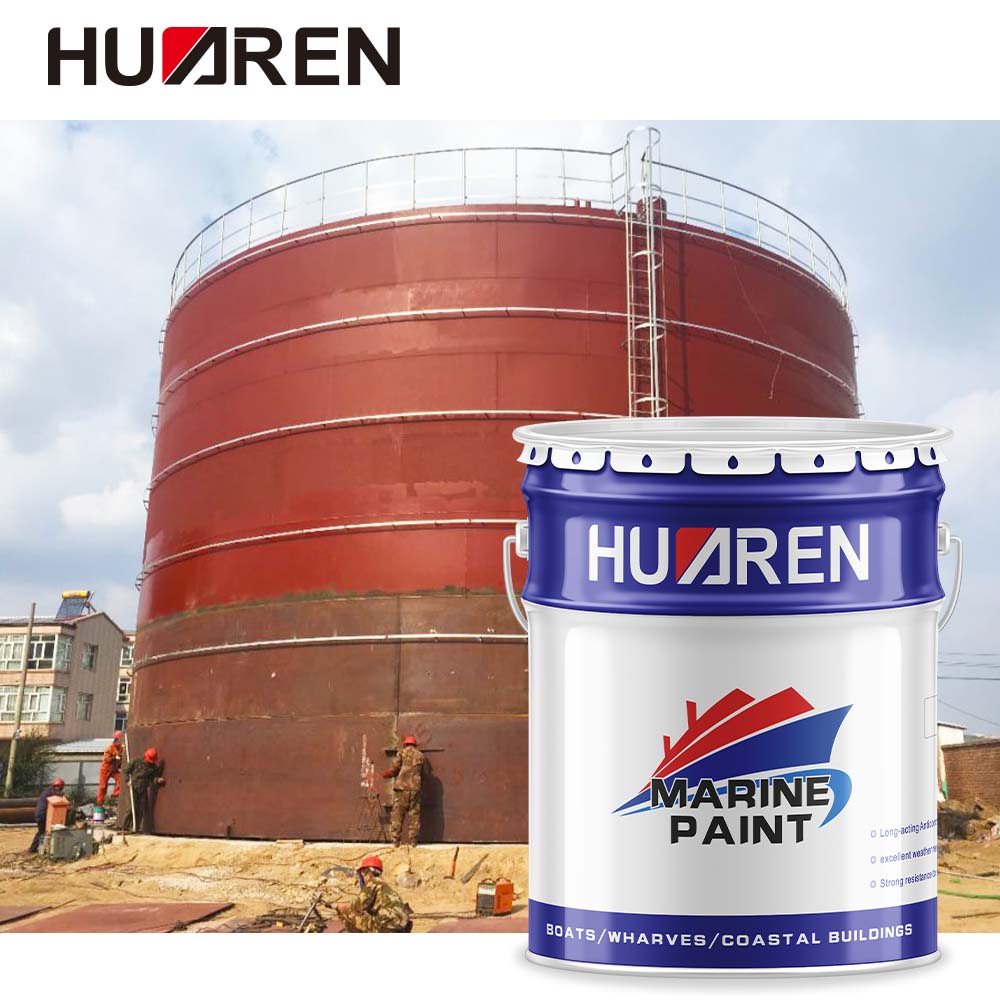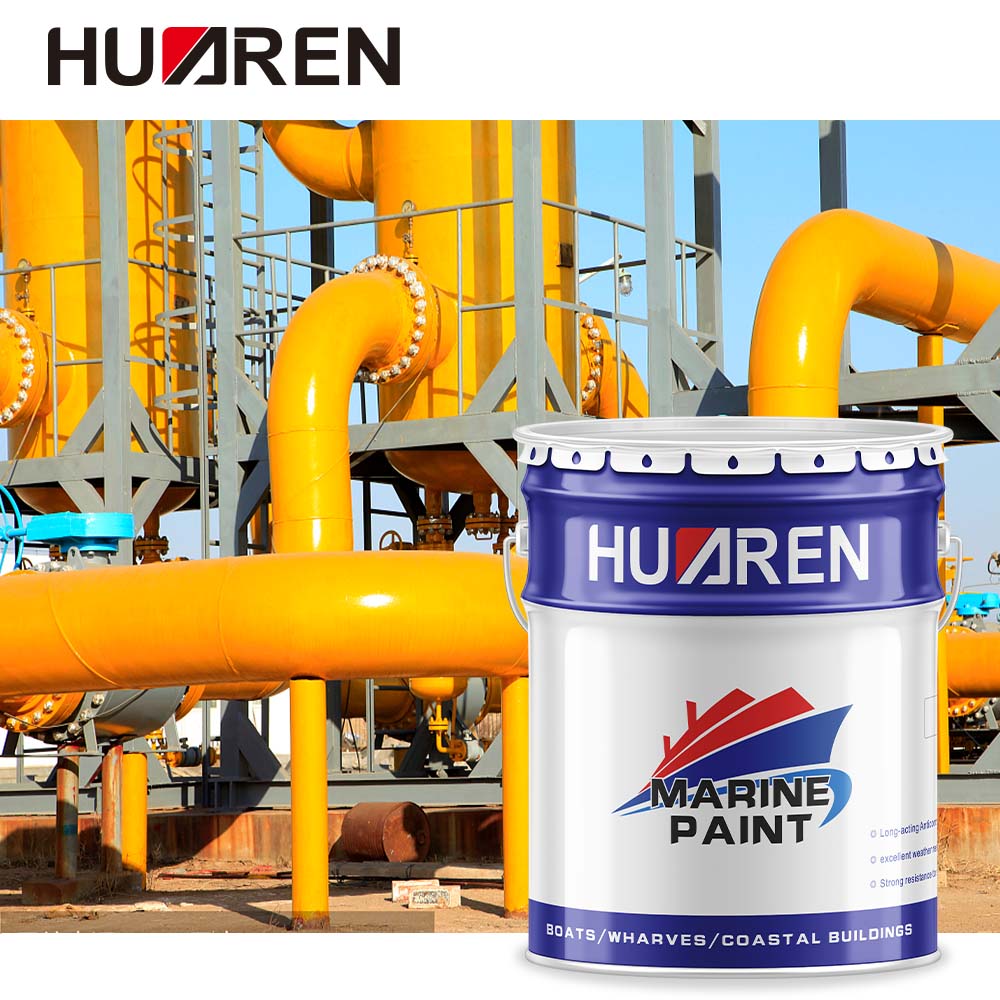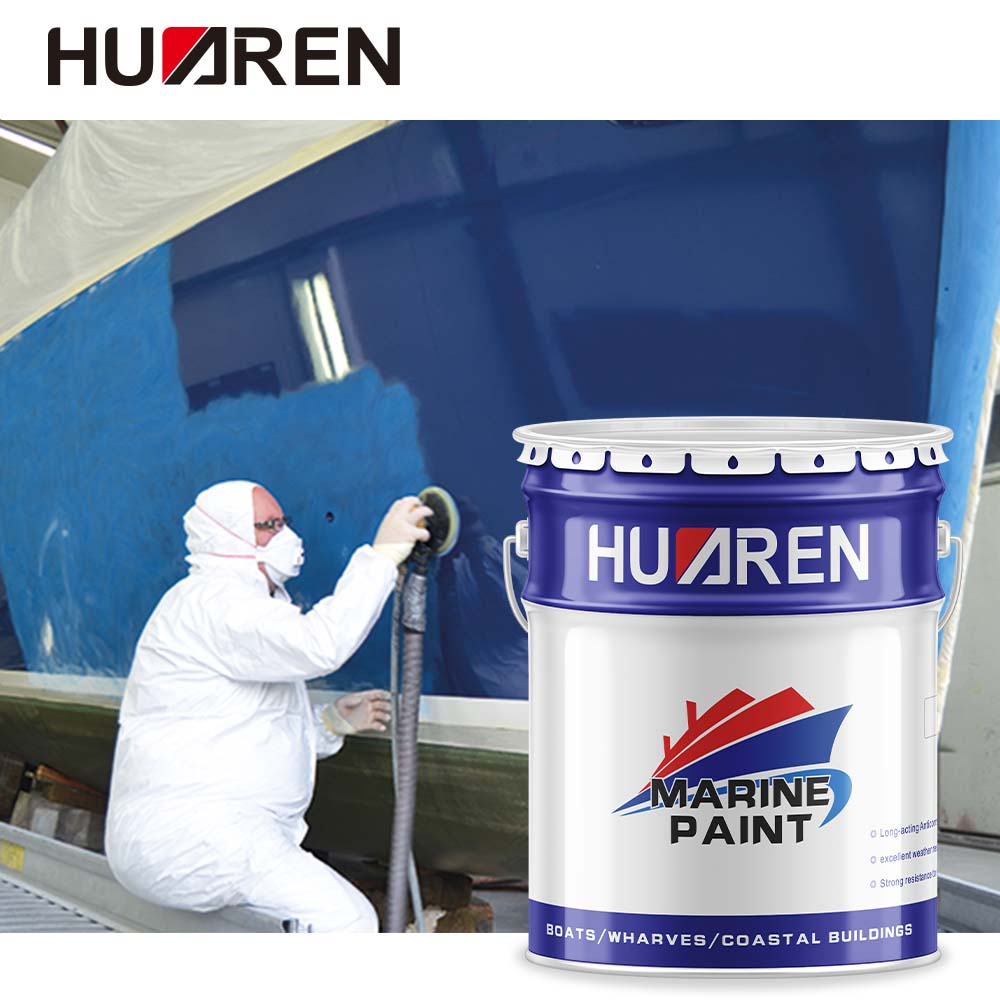
-
Home
- Products
- News
- Case
-
Contact Us
- About Us
- Videos
-
Downloads
Menu
- Home
- Products
- Auto Paint
- Marine Paint
- Metallic Paint
- Floor Paint
- Epoxy Floor Coating
- Acrylic Floor Paint
- Polyurethane Floor Paint
- Traffic paint
- Steel Paint
- Mechanical Paint
- Antiseptic Paint
- Waterborne Industrial Paint
- Waterproof Coating
- Epoxy paints
- Acrylic paints
- Polyurethane paints
- Alkyd paints
- Organic silicone paints
- Chlorinated rubber paints
- Anti fouling paints
- News
- Industry News
- Product News
- New coatings
- Case
- Engineering construction case
- Contact Us
- About Us
- Company Style
- Factory Show
- Certificate
- Exhibition
- FAQ
- Service
- Delivery
- Responsibility
- Videos
- Polyurea coating
- Downloads
Search


